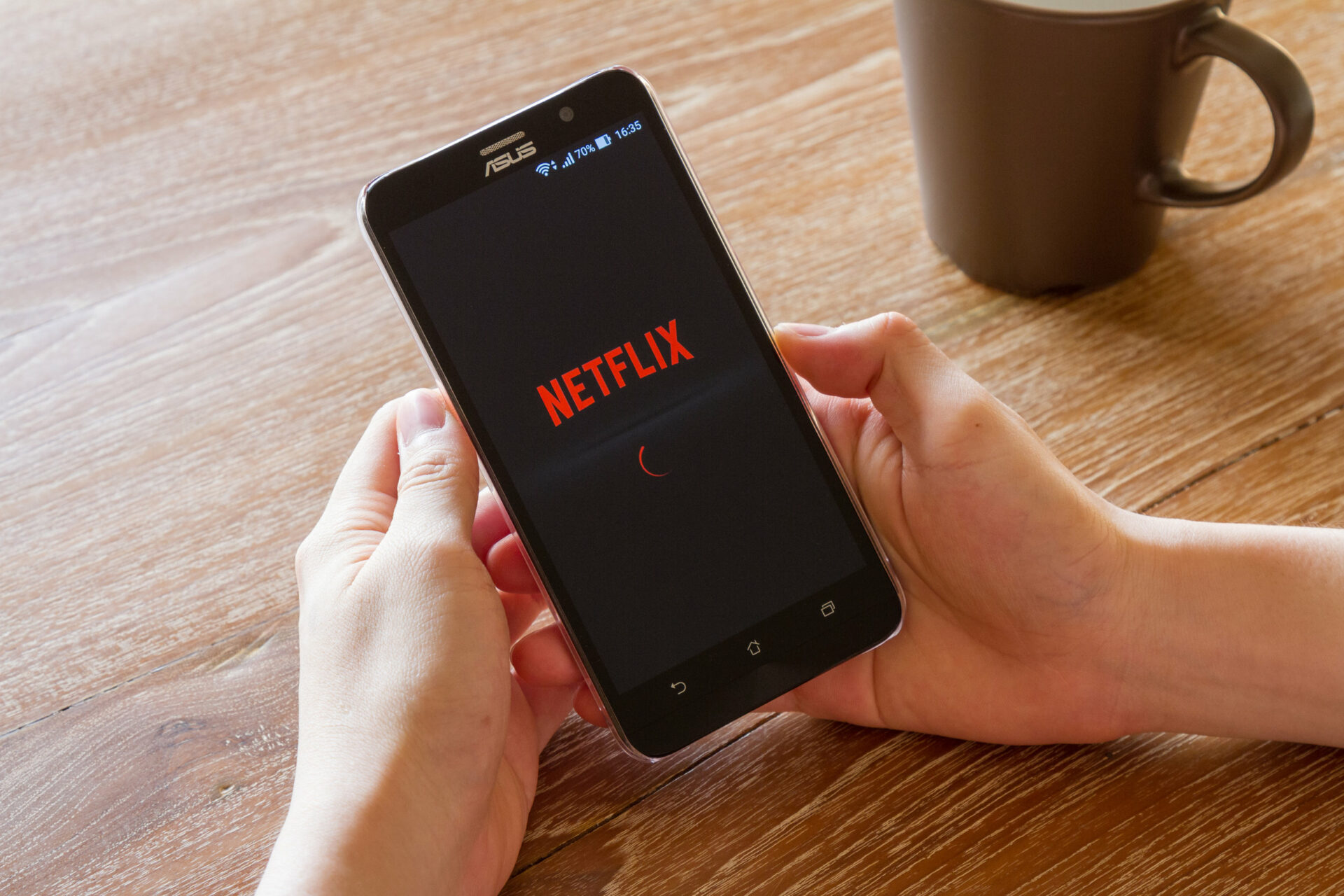
Weekly Digital Breakdown – 6.13.19
Weekly Digital Breakdown
Jun 13
Netflix Tests Extras On Its Mobile App
Finding what to watch on Netflix isn’t always so chill and the company is experimenting with ways to help users find something that interests them quicker. With so many options, from movies to original programming, many viewers can feel overwhelmed with the amount of content available.
To help guide viewers, the company introduced an “Extras” option on the navigation bar of the mobile app. Users are now offered a variety of helpful programming suggestions including New Arrivals, upcoming releases and additional programming suggestions based on previous viewing history.
Delivered in a story format similar to those found on Instagram and Snapchat, video clips and photos of Netflix programming are displayed as you scroll. Users can then add shows or movies to playlists for viewing or choose the “reminder” option and be notified when upcoming programming becomes available. While most Netflix viewing is still on television, the mobile app provides a unique opportunity to reach and engage a captive video audience.
Based on the success from other platforms, moving to shareable videos is yet another way Netflix can not only personalize the experience, but also promote their own programming. It’s also an effort to better connect fans with shows they love and expand viewing options.
Netflix noted that the feature is still in testing and there’s no official word on a roll-out to the masses. The capability does allow the company to join a larger social discussion about content provided or what’s desirable, providing untapped audience insight and potentially increased time on the platform.
Snapchat Is Changing Its Story To Include Ecommerce
In the wake of Instagram’s recent release of the checkout feature and branded content ads, other social platforms are feeling the heat to close the gap and help influencers better monetize their content. Snapchat, in particular, added a shopping feature this week to boost its ecommerce efforts, increase the competition, and use influencer partnerships as way to more authentically reach audiences.
By partnering with Shopify, the company updated accounts of select high-profile influencers (Kylie Jenner, Kim Kardashian West, Shay Mitchell, Spencer Pratt and Bhad Bhabie) to test the capabilities. The native checkout will be enabled with the addition of a shop button that lets users purchase products from the influencer’s respective brands.
The enhanced commerce experience distinguishes Snapchat as one of the leaders in the space and creates focus on their ability to increase available user profile data and add monetization. Snapchat has been an industry sleeper, but the addition could help shift the pendulum in their favor, positioning the company to gain more influencer interest which translates into more ecommerce advertising dollars. As Snapchat continues to build out its shopping capabilities they can more accurately attribute sales dollars to specific ads, increasing platform value.
The partnership further exemplifies the evolution of shopping from brand websites to social media channels. As Snapchat continues to refine its strategy and gain social momentum, the company’s innovation helps establish their growth in the market.
Kid-Tech A Largely Untapped Market
With shrinking attention spans, marketers are under pressure to get their message conveyed fast. This is even more true with kids who have grown up in an age where information and media are accessible at lightning speed around the clock. To reach this influential younger market, advertisers plan to spend more than $1.2 billion in ads globally by 2021, according to new research released by PricewaterhouseCoopers. The focus is primarily on international audiences across devices and platforms such as social media, search, and video formats. However, the report magnified the need to market to this captive audience early and often.
“Kids-tech”, particularly social platforms, have been largely ignored by big tech due to the amount of red tape. While companies have released limited kid-friendly offerings such as Facebook’s Messenger Kids, Amazon’s Echo Dot Kid’s Edition and YouTube’s Kids app, advertising outside of these platforms has marketers feeling lost. The lack of attention to the space has since paved the way for innovative startups to create safe environments for both user and advertiser. Programs are being developed to simulate what’s available for adults, but with stringent online privacy policies that prevent data being collected and used for ad delivery. Instead, ads are being served by site or page context without the use of cookies for personalized targeting. Platform moderation is also not left to chance with automation, but done manually by humans.
For big tech, their responsibility to this audience is great. They must consider a myriad of factors such as online privacy which includes personal and geo data collection, strict advertising guidelines and ways to enforce policies with minimal for error. However, with kids making up the fastest growing online audience, they can’t continue to leave this market untapped.






